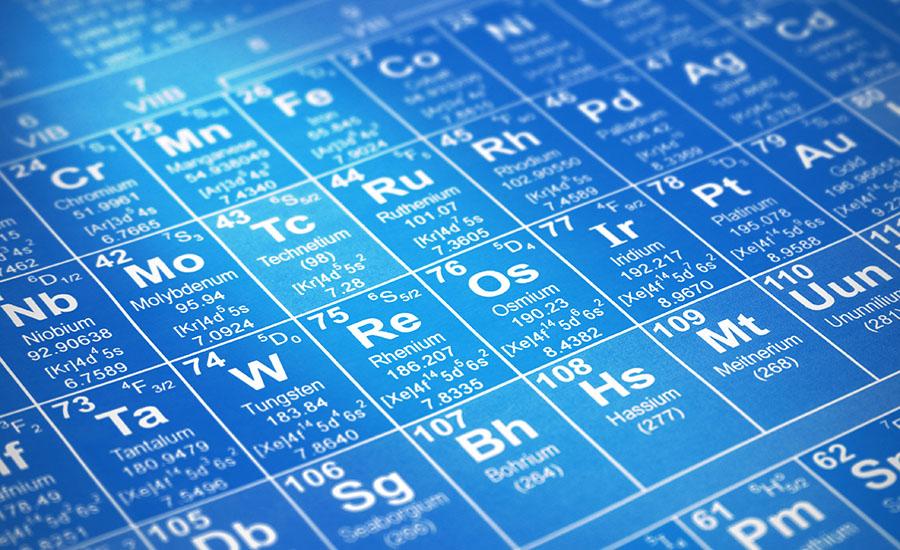
Plant Pigment Chromatography: Do plants and Leaves Contain the Same Pigments?
In this lesson, students will collect flower and leaf samples from around their school campus and return to the lab to conduct chromatography to separate pigments in their samples. Students will learn about the electromagnetic spectrum, why leaves and flowers appear as the colors we see and what the functions of these colors are. Students will learn about a simple form of chromatography, paper chromatography, and analyze the pigment types found in each of their samples by calculating the Rf value of each pigment front. This lesson can lead nicely into a second lesson about plant pigment spectrophotometry and analysis of concentration of plant pigments, or can be taught as a stand alone lesson.
Lesson Plan Link/URL
https://docs.google.com/presentation/d/13Tw-kCqCSoXmPxza9d5DYuAQYjoqqrB2yQoPVXE…Subject Area
Science Physical Science P4: Energy Transfer Life Science L1: Cells L2: Organisms & Energy Mathematics Measurement and Data (MD) Expressions and Equations (EE)Related Content


After learning about emission spectra, electron energy levels, orbitals and configurations, and periodic trends for atomic radius and ionization energy; this is concluding activity that require

This lesson is an activity to see what an angle is and how is can be used to approximate the time of day or even navigating vessels by measuring other celestial bodies. Students will use sextants to